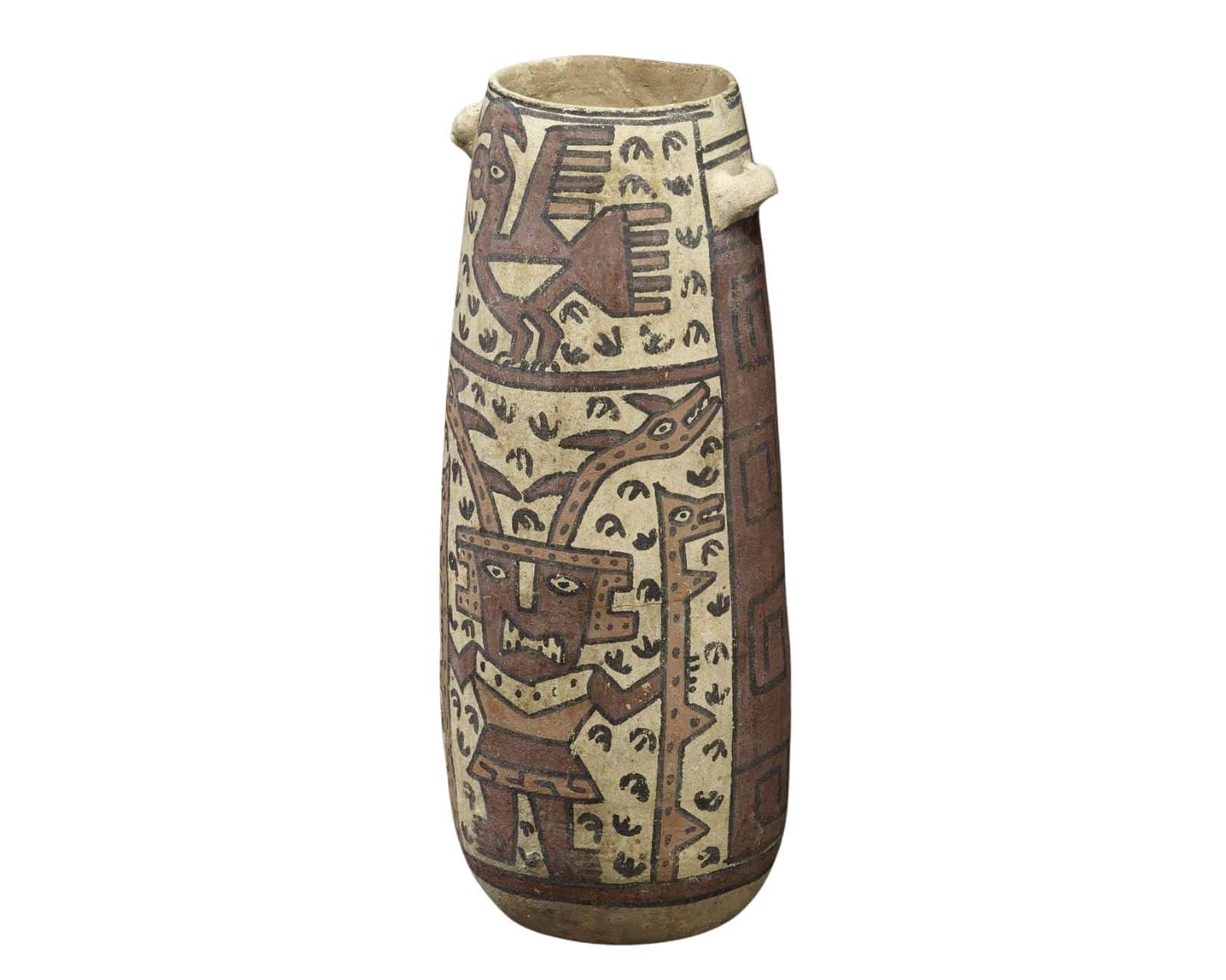

A team of archaeologists has uncovered a well-preserved pre-Inca mummy in a residential district of Puente Piedra, halting routine construction on a natural gas pipeline. The pre-Inca mummy unearthed in Peru is believed to be over 1,000 years old and was discovered during excavation work on Santa Patricia Avenue.
The burial site, found during infrastructure work carried out under archaeological supervision, contained the remains of a young woman wrapped in a traditional funerary bundle. Alongside her were ceramic vessels and organic materials, signaling a ceremonial burial. Experts believe the artifacts reflect farewell rituals practiced by ancient Andean cultures.
Authorities immediately suspended construction and began a formal investigation under the supervision of Peru’s Ministry of Culture. Specialists later identified the burial as belonging to the Chancay culture, a coastal civilization that thrived between 1100 and 1400 AD. Archaeologists working with the Calidda Gas Company estimate the site dates back at least 1,000 years.
The tomb held nine ceramic vessels—pots, jugs, and bottles—decorated in black-on-white and tricolor patterns, styles distinctive to Chancay craftsmanship. Also recovered were four calabash gourds containing shellfish remains, which researchers believe may have held ritual or symbolic meaning related to the sea.
These burial objects, often referred to as grave goods, help researchers comprehend the status and role of individuals in ancient societies. In this case, the presence of finely crafted ceramics and preserved organic items suggests the woman may have held a significant position in her community.
Archaeologist Jose Aliaga excavates a pre-Inca mummy in Puente Piedra, a district on the outskirts of Lima, Peru, June 18, 2025. The remains, believed to be a woman from the pre-Inca Chancay culture, were discovered just half a meter below the surface during natural gas pipeline… pic.twitter.com/AovaXb0cgS
— China News 中国新闻网 (@Echinanews) June 19, 2025
The discovery was not a matter of luck. Archaeological monitoring teams had been stationed at the site in anticipation of possible cultural findings. As soon as signs of ancient material appeared, workers stopped the machinery and alerted authorities. Marcio Mayta, coordinator of Environmental Management and Archaeology, confirmed that all procedures were followed to protect and examine the burial site with care.
The Chancay civilization occupied Peru’s central coast, primarily between the Chancay and Chillón river valleys. Its influence extended into regions such as Supe and Pativilca. The culture was known for large-scale ceramic and textile production, which supported local trade and daily life.
One of the most iconic symbols of Chancay art is the cuchimilco, a clay figurine with open arms and expressive features, often placed in tombs. These figures, mostly female, are thought to have served as guardians in the afterlife. Chancay artisans also carved wooden sculptures painted in bright colors, including poles with human features and symbolic tools.
Despite the civilization’s reach, researchers have found no signs of a central government. The organized nature of its cities and water systems—complete with canals and reservoirs—suggests the presence of community networks working toward shared goals.
Textile work was also central to Chancay’s identity. Their weavers used fine gauze and advanced techniques in dyeing and embroidery, leaving behind a legacy still admired by researchers today.
As excavation and research continue, experts hope the newly discovered burial will offer deeper insight into the daily life, beliefs, and societal structure of this little-understood culture.
